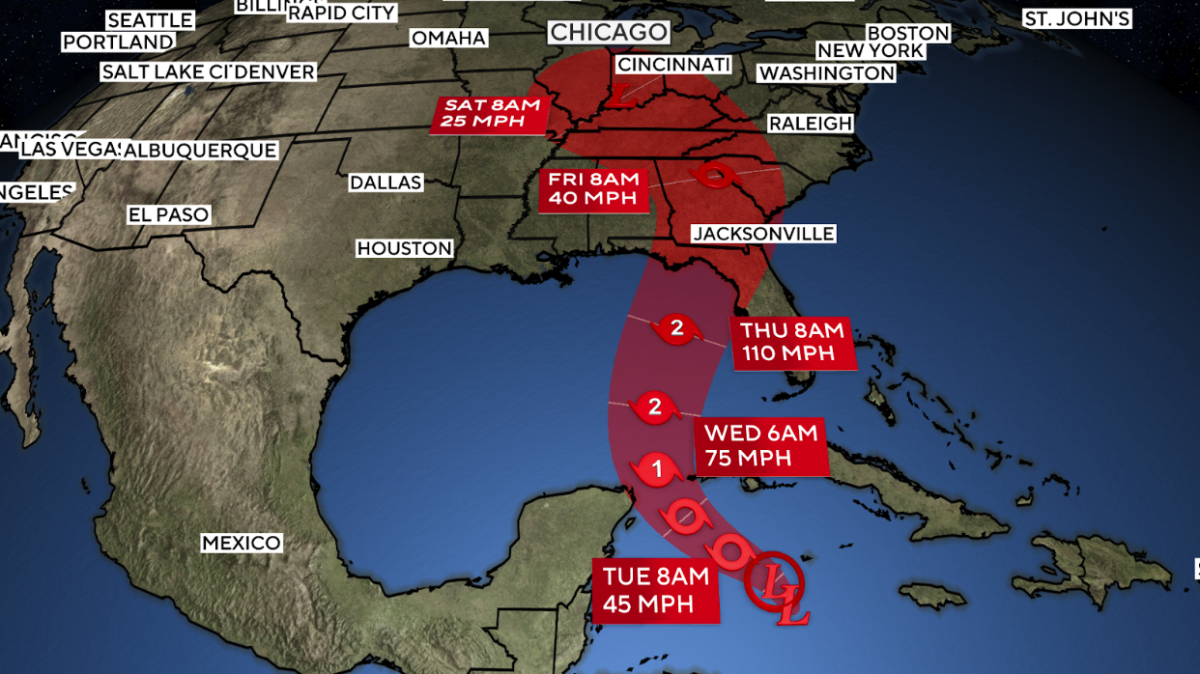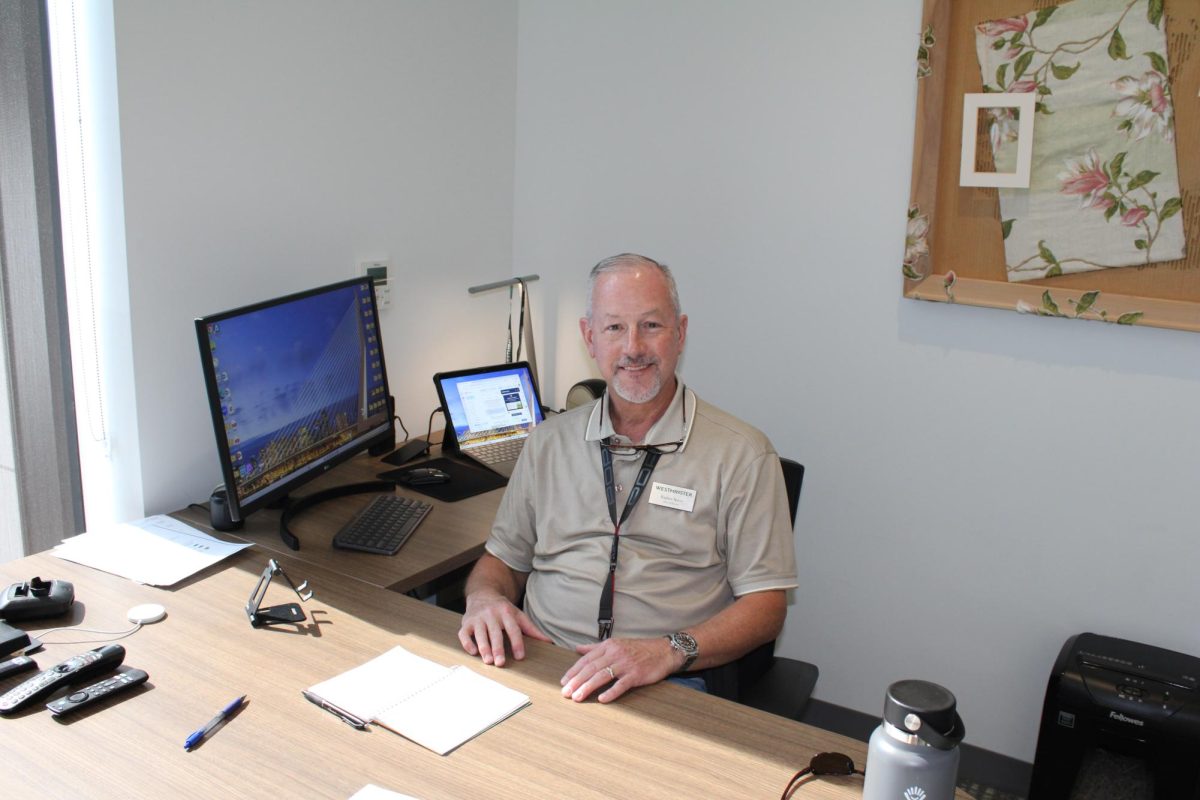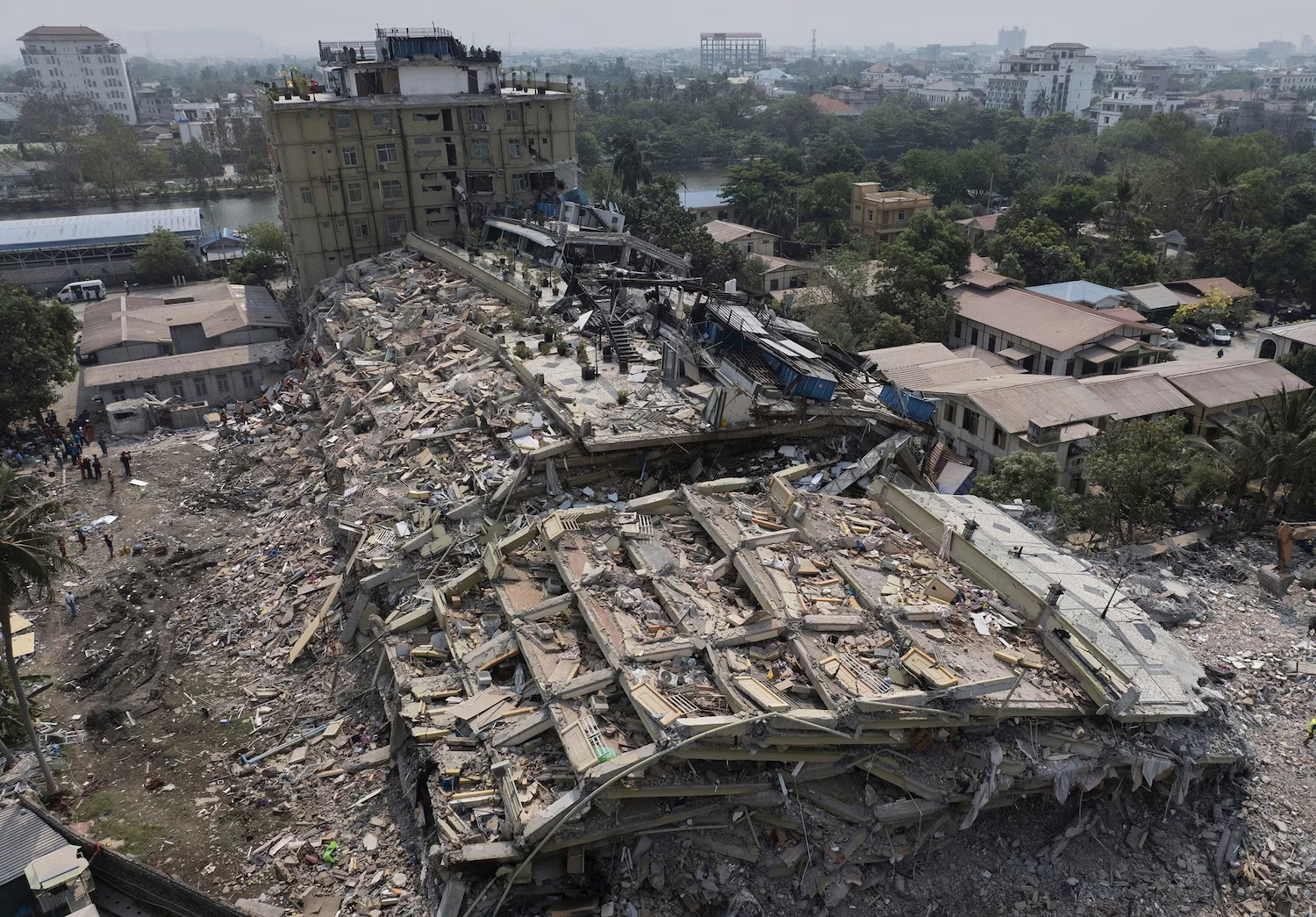On Sept. 27, Hurricane Helene touched down in Atlanta, marking one of the most devastating hurricanes the area has experienced in the past decade. Roads and schools across Georgia were shut down, and homes suffered extensive damage, ranging from shattered windows to completely destroyed rooftops. Thousands of residents faced devastation from the impacts, and many sought to understand the root causes of extreme hurricanes like Helene.
Caitlin Wilson, an Upper School AP Environmental Science teacher, provided insight into the science behind hurricane formation. “A low-pressure system starts to draw in air and water. When the ocean is warm enough and contains a lot of kinetic energy, the water and air begin to move together. Then the Coriolis effect causes the air to spin. Eventually, the hurricane begins to feed into itself, which is called positive feedback.”
Fueled by warm water, Hurricane Helene grew immensely until it reached the United States and began to lose strength. Though heavy with impacts, Helene was just one of many hurricanes that occur during the late summer and early fall months of August through November known as hurricane season. “During this time, sea surface temperatures increase. Solar radiation heats the ocean at the surface during the summer months. The accumulated heat energy stored in the water reaches its peak, creating prime conditions for hurricanes to form,” Wilson said.
While hurricanes in the ocean may not cause massive damage, once they make landfall, they can wreak havoc greater than any other natural disaster. For instance, the Westminster football field accumulated around eight feet of stagnant water, along with debris and dirt. Facilities workers had to wait several days for water levels to drop before they could begin the cleanup.
Upper School athletics director Shannon Soares noted the challenges the facilities workers faced. “The facility workers were here from September 28 to October 10, working around the clock to ensure that our facilities were ready for student-athletes and fans to return.”
Workers had to use fire hoses to drain the water from the field, as well as pressure washers to remove thick layers of mud from the track. Despite the difficult conditions, the Westminster facilities team managed to clear the campus in just a few days, welcoming the Wildcats back.
“Their work often goes unnoticed or unappreciated, and I want to make sure that our community knows how special they are to the overall student experience here,” Soares said.
Parts of the campus remained damaged, however, and many Westminster sports teams had to relocate their practices. For example, the boy’s varsity cross country team practiced at Cochran Shoals, while the girl’s softball team coordinated with different schools, such as Pace Academy, to continue their regular practices. Additionally, many softball home games were relocated off-campus due to damage to the dugouts.
The impact extended beyond the athletic teams; many families were forced to evacuate their homes and stay with relatives and friends. Senior Alex Ugwonali noted that his friends from Asheville, North Carolina, had to leave their homes. “The impacts of the hurricane were devastating, and I felt so sad watching my friends pray for a return to a house that was fully intact,” Ugwonali said.
Many Georgia residents also experienced damage to their homes and power outages. Thanks to the efforts of Westminster faculty and administrators, the Wildcats were ultimately quite fortunate compared to many friends and family in other parts of the country. “I’m also aware that there are areas in Tennessee and North Carolina that suffered more significant damage, and we’re thinking about those communities that were more impacted,” Soares said.
Although the effects of Hurricane Helene on our community were varied and significant, the community ultimately came together to adapt and persevere during this challenging time.
Edited by Kavya Athota







